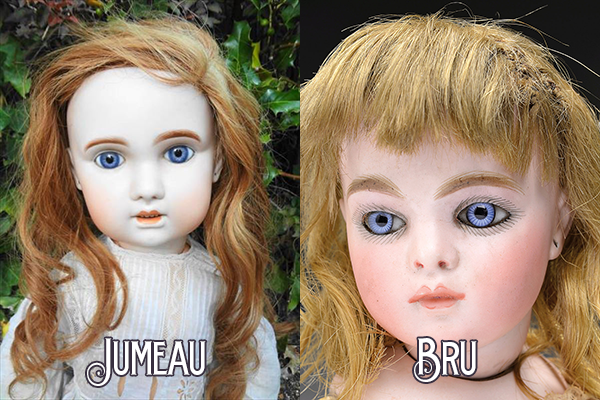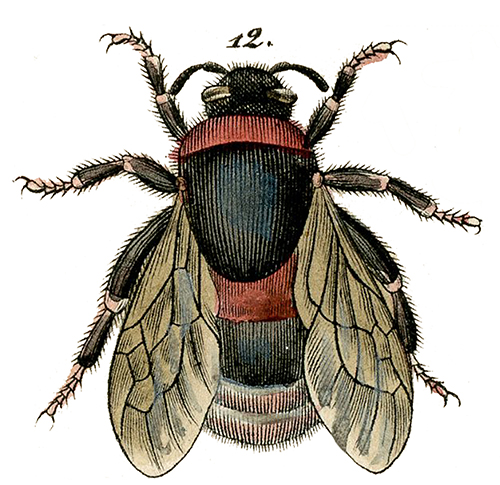Optimist King’s Wench at Boy Meets Boy Reviews did a best-of list, and I’m on it! Scroll down! She says:
“Slavefic from the Gilded Age with glorious writing. Glorious.”
See her entire list here. Lots of good stuff :)
Oh, and of course…
Optimist King’s Wench at Boy Meets Boy Reviews did a best-of list, and I’m on it! Scroll down! She says:
“Slavefic from the Gilded Age with glorious writing. Glorious.”
See her entire list here. Lots of good stuff :)
Oh, and of course…

Before there was such a thing as Times Square–which came about in 1904–the people of New York did their New Year’s Eve celebrating at Trinity Church in Lower Manhattan. There was a religious service, but there were also crowds, fireworks, tin horns, and mayhem.
As you may recall, there was some discussion as to whether our new century began on January 1, 2000 versus January 1, 2001, and a hundred years ago there was similar debate. In modern times, most people chose to celebrate the beginning of the year 2000, but our Gilded Age counterparts put off their festivities until December 31, 1900, heralding the dawning of a new century on January 1, 1901.
Here’s the New York Tribune’s New Year reporting for January 1, 1901:
The welcome which New-Yorkers gave to the Twentieth Century last night was essentially similar to that which it extends to each New Year, only it was one hundred times more enthusiastic. Choirs have often sung on New Year’s Eve before, but last night the choir which led the singing on City Hall steps was 1000 strong. Crowds assemble annually in Broadway to hear Trinity Church chimes “ring in the new, ring out the old.” but last night the crowds were phenomenal in size, and they gathered around churches with chimes in many parts of the city, from the Battery to the Bronx, not omitting Brooklyn, Queens and Richmond.
Fireworks there were also, and fine electrical displays from several buildings, notably from the City Hall. Flags and bunting decorated the same public structure in profusion, and were repeated in lesser degree on hotels, office buildings, theatres and private houses by the thousand all over the city. Even the liquor shops were festooned with evergreen streamers without and within. Small boys, and many of larger growth, chose the tin horn as the most appropriate method of voicing the feelings within them, which had been aroused by the arrival of an anniversary which they probably would never see again. Mothers whose babes were born in the last week began to have hopes that the little ones would live to see three centuries and get their pictures on the elevated stations and in the newspapers.
Those more gravely inclined were found by the thousand at prayer or praise within the churches when the clocks struck the midnight hour. Communion was celebrated in some churches, in others watch night prayer meetings were held. Preachers pressed home upon their hearers the lessons of the old and the duties of the new century, and recalling some of the great improvements made by man in the last ten decades in the way of scientific development and mechanical invention, expressed fervent hopes that as Americans can count with confidence upon still greater material progress in the future, they could also be assured of the continued march of the human race toward a higher plane, causing the world to become better as it grows greater and older.
Really, except for the glimpse of naked slaves that Henry got at Charles Ross’ party, I think he’d have had more fun downtown at Trinity Church and City Hall.
A 2000 article about how the previous century was marked: 1900’s New Century Hype Was Millenial
Oh, and Happy New Year to you, of course :)

For her 8th birthday, Henry and Martin give Cora what is probably the best present she has ever received: a toy circus. This is based on a real toy, the Schoenhut Humpty Dumpty Circus, which was made between 1903-1935 – so, actually, years after Cora is given her present. I love toys, and I really love old toys, and although I don’t collect these circus pieces, I’ve been aware of them for years. When I ended up writing about a turn-of-the-century child, I immediately thought of the Schoenhut circus as something she might enjoy. I fretted about this a little bit, because it wasn’t accurate to have a child playing with such an elaborate circus toy as early as 1900, but my extreme fondness for the Schoenhut circus argued in favor of including it, and it’s very unlikely I’ll have the opportunity to put it in a story ever again, so Cora got her gift.
I think of Cora’s circus as looking very much like the Schoenhut one, but overall somewhat smaller, with the animals being more pocket-sized. Her bear would differ from the first one pictured here in that it would be able to stand on its hind legs, but it would definitely have that same crazed expression! The ID guide at the Old Wood Toys site has lots of pictures of the different circus performers and their variations, and I find it all absolutely charming. They’re not realistic, but they’re captivating.
 Also, if you’re curious, Cora’s dolls are primarily Bru and Jumeau, and there are zillions of pictures of different dolls from either manufacturer available online. A big grouping of these dolls, like Cora has in the nursery, can be a little unnerving with their big-eyed stares, so it’s understandable that they make Henry a little uneasy, and even more so when you consider the state they’re in after residing awhile with Cora!
Also, if you’re curious, Cora’s dolls are primarily Bru and Jumeau, and there are zillions of pictures of different dolls from either manufacturer available online. A big grouping of these dolls, like Cora has in the nursery, can be a little unnerving with their big-eyed stares, so it’s understandable that they make Henry a little uneasy, and even more so when you consider the state they’re in after residing awhile with Cora!
With all the dressing and undressing that Martin helps Henry with, I thought it might be helpful to provide some visuals of just what sort of costume he’s wearing.
Everyday menswear:
When you stopped wearing short pants, this is the outfit you put on, regardless of social class. The fellow in this picture probably isn’t poor, but without detailed images it’s difficult to tell much about his standing in the world because that’s what every other man wore, too. He’s neat and clean, at any rate, and he has a spiffy walking stick!
Henry and his friends and all of their slaves go to see a vaudeville show in November, and they are greatly impressed by a magician-mesmerist and his comely assistant.
The magician’s trunk trick and floating girl levitation trick are derived from detailed descriptions of illusions of the general time period. While the multiplying/dividing rabbit trick is also based off of illusions real magicians of the period performed, I have no idea how it is accomplished. Obviously, witches and warlocks are involved.
(all videos are short because I have no patience for videos, seriously)
Short, blurry video of an Asrah levitation trick.
5-star review of APL by Optimist King’s Wench:
“The writing is as superb, evocative and delectable as A Most Personal Property.”
and
“Ms. Glass and I need to come to an understanding. A quartet is no longer sufficient. I’d like something in the twenty book range so I can see these two as adults because Henry is going to be an outstanding adult. Outstanding, I say! So, name your price Glass. Let’s get this thing done. “
I’ll see what I can do :)
Henry and his Algonquin classmates are taken to the museum for an edifying cultural experience just before Thanksgiving, and they’re about as appreciative as you might expect a group of restless young men to be.
There’s a shoving match over the prime viewing space in front of a painting of Ariadne. It’s an actual painting that would have been on view in 1900, and it was painted by Asher Brown Durand.
In case you were waiting patiently…
Thank you so much to everyone who purchased the story before the price match. I do appreciate that you were so interested in the story that you didn’t want to wait :)
Happy holidays!

The slaves in Ganymede Quartet have a belief system that’s very important to them and this is introduced in A Proper Lover (GQ Book 2). Hetaeria, Latin for “fellowship,” is one of the names this belief system goes by. It is not a religion, per se, but a system of interdependency and symbolism. The slaves are raised up in the Houses understanding the importance of cooperation, of being supportive of one another, and of getting along. In many ways, their lives depend on it. In addition to their actual behavior, they demonstrate their support of one another and their friendships through the exchange of handmade talismans. Continue reading GQ slave beliefs & Hetaeria